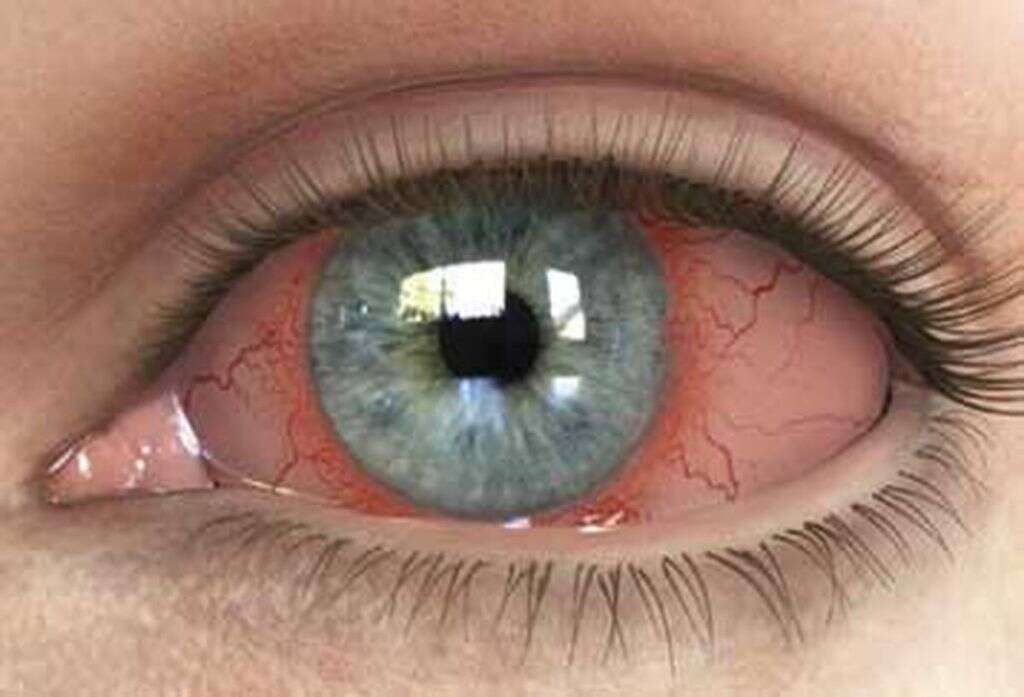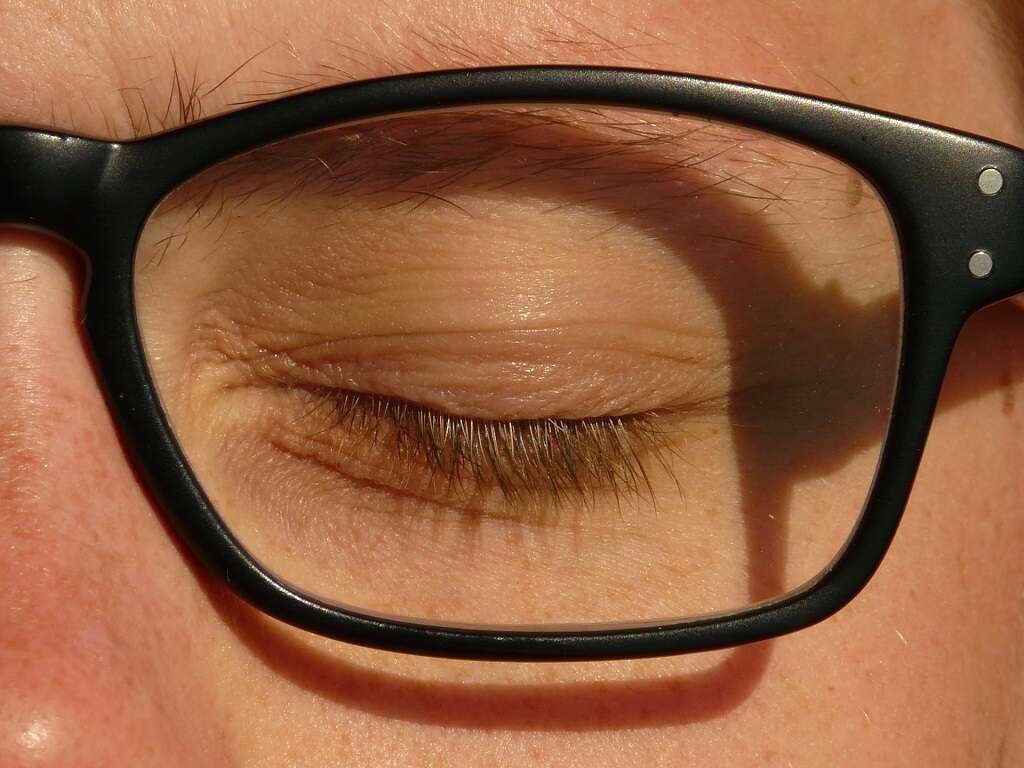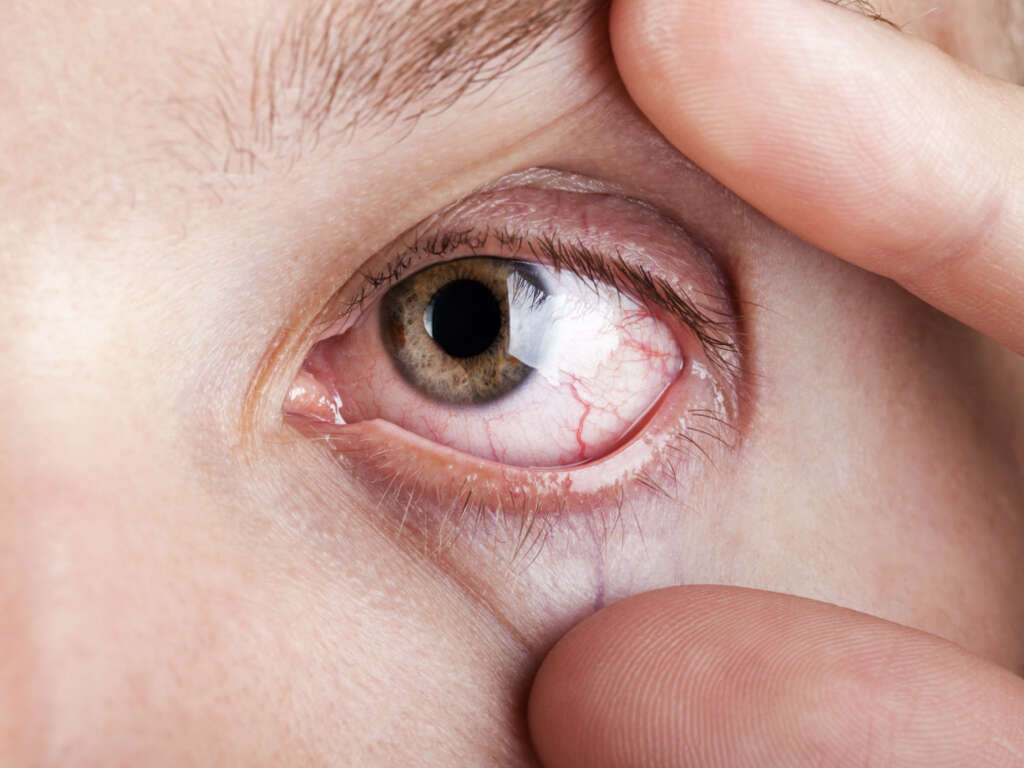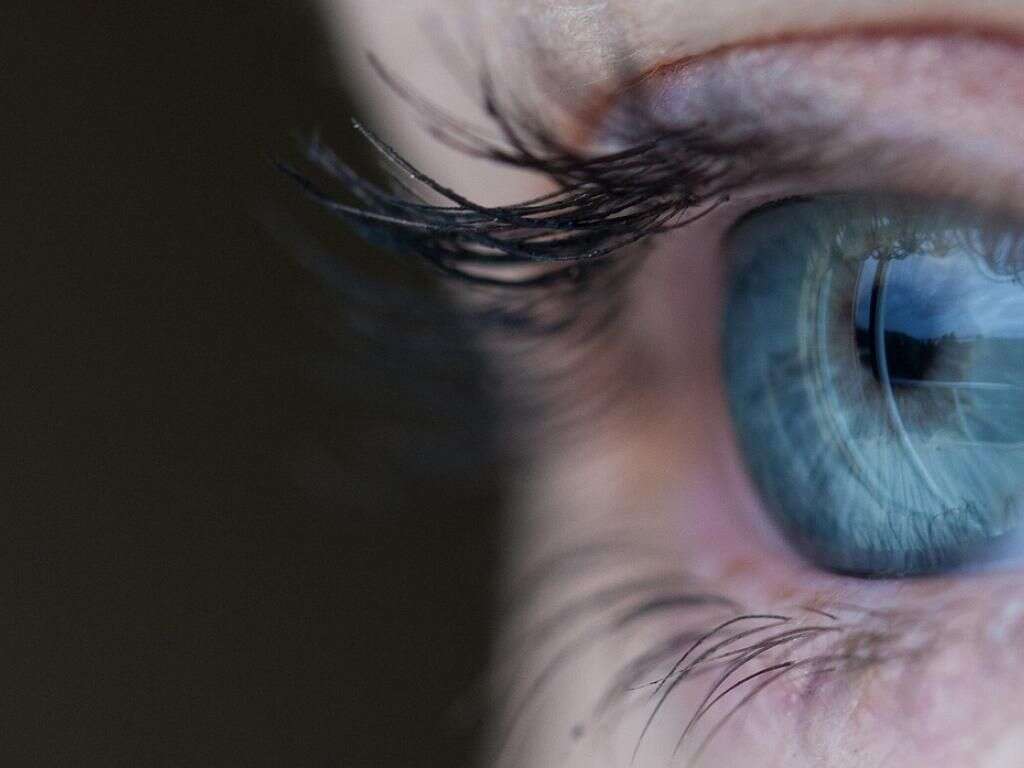What Is Uveitis?
3. What Are the Three Types of Uveitis?
Uveitis can affect one or more portions of the uvea. It is diagnosed and classified into three main types based on which parts are primarily displaying symptoms. The most common form is known as anterior uveitis. It affects the iris in one or both eyes. It is generally diagnosed in otherwise healthy people and is relatively easy to treat.
Intermediate uveitis occurs within the central portion of the uvea. It has an increased link to certain autoimmune disorders like multiple sclerosis. Posterior uveitis occurs when there is swelling of the choroid in the back of the eye. It is often caused by a bacterial, fungal or parasitic infection, but may also be caused by an autoimmune disease. It can lead to serious and permanent damage to the eye if left untreated.
Advertisement












